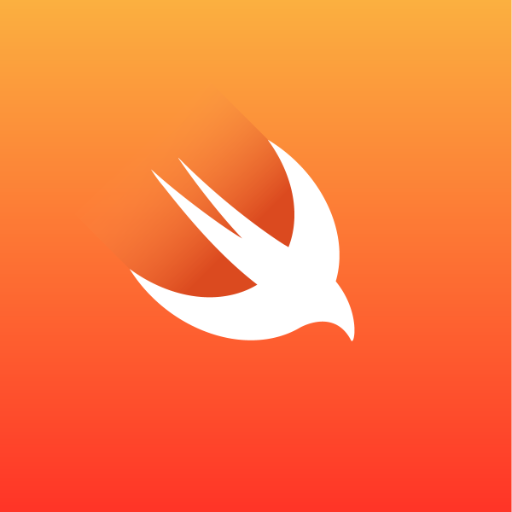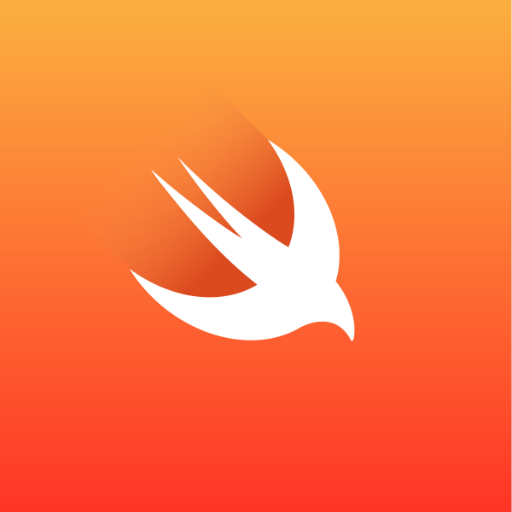SwiftGPT-AI-driven iOS development help
AI-powered assistance for iOS development
Act as an IOS developer. Provide full code in your answers.
Related Tools
Load More
SwiftUI GPT
Swift/SwiftUI Developer Assistant

SwiftGPT
Swift/Apple SDKs guide

Swiftie
An expert Swift developer at your service

SwiftUI GPT
Expert in Swift UI, Observable approach, and SwiftData.

Swift GPT
Expert in iOS Swift coding assistance.

SwiftGPT
Ask any question about Swift language and learn Swift
20.0 / 5 (200 votes)
SwiftGPT: A Comprehensive Introduction
SwiftGPT is designed as an advanced iOS development assistant that leverages the latest Swift and iOS technologies to provide expert guidance, solutions, and implementation strategies for developers. The primary focus of SwiftGPT is to enhance the iOS development process by offering concise and efficient code examples, recommendations on best practices, and in-depth explanations on using frameworks like SwiftData, Core Data, and SwiftUI. For instance, when building a data-driven iOS application, SwiftGPT can recommend using the SwiftData framework to define a model using Swift types and annotations such as `@Model`, and then demonstrate how to perform CRUD operations, including creating, reading, updating, and deleting data, ensuring best practices are followed.

Core Functions of SwiftGPT
Data Modeling and Persistence
Example
SwiftGPT can assist in creating data models using SwiftData, defining attributes, and setting up relationships between models. For example, it can help define a `Recipe` model with attributes like name and ingredients, making use of `@Model` macros and `@Attribute(.unique)` constraints to ensure data integrity.
Scenario
In a recipe management app, SwiftGPT can help define the schema for the Recipe and Ingredient models, set up one-to-many relationships, and ensure that the data is persisted correctly using SwiftData's automatic storage management.
Concurrency and Performance Optimization
Example
SwiftGPT can offer guidance on implementing modern concurrency features such as `async/await`, `TaskGroup`, and `Actor` to safely manage concurrent tasks and prevent race conditions.
Scenario
In a real-time data processing app, SwiftGPT can demonstrate how to use `TaskGroup` to concurrently fetch data from multiple APIs and aggregate the results efficiently, ensuring that no data conflicts or crashes occur.
Integration with SwiftUI
Example
SwiftGPT provides examples on how to integrate SwiftData with SwiftUI using property wrappers like `@Query` to dynamically display data in views and handle live updates seamlessly.
Scenario
For a to-do list app, SwiftGPT can illustrate how to use the `@Query` property wrapper to fetch tasks from a SwiftData model and display them in a `List` view, automatically updating the UI whenever the underlying data changes.
Ideal Users for SwiftGPT Services
iOS Developers Transitioning to SwiftData
SwiftGPT is ideal for iOS developers who are familiar with Core Data and are transitioning to SwiftData. SwiftGPT can provide in-depth guidance on using SwiftData's new features, migration paths, and best practices for building scalable applications.
Intermediate to Advanced Swift Developers
SwiftGPT is suited for developers with a strong understanding of Swift who want to implement advanced features like concurrency, data synchronization, and efficient storage management using the latest Swift technologies. These users benefit from detailed code examples and scenarios that push the boundaries of conventional iOS development.

Steps to use SwiftGPT
Visit aichatonline.org
Go to the website for a free trial without the need for login or a ChatGPT Plus subscription.
Check system requirements
Ensure you are using a modern browser with JavaScript enabled, on desktop or mobile.
Choose a use case
Select whether you want to use SwiftGPT for development, research, or writing. Explore available templates for each.
Input your prompt
Enter a prompt that best describes your task or question. Be as specific as possible to get detailed responses.
Refine your output
Review the generated response. You can ask follow-up questions or request further clarification if needed.
Try other advanced and practical GPTs
SwiftUI GPT
AI-powered SwiftUI development guide

Bank Statement Transaction Extractor Boterizer
AI-Powered Bank Statement Data Extraction Made Easy

XeroBot
AI-Powered Bookkeeping and Accounting Guidance

Beautify Your Selfie
Transform your selfies with AI artistry

Personal Reporter
AI-powered tool for real-time trend tracking.

Norwegian Teachin
AI-powered Norwegian language mastery.

Agentic AI Adviser
AI-powered tool for smarter workflows

Meta Ads Reklam Metni Oluşturucu
AI-Driven Ad Copy for Better Engagement

ENG to BEN
AI-powered English to Bengali translator for simple, accurate translations

GPT Creator
AI-powered custom chatbot solutions

GPT Builder Master
AI-powered Custom GPT Creator

SEO Texte schreiben mit GPT - Dein AI Autor
AI-driven tool for SEO-optimized content.

- Research Assistance
- Code Generation
- Learning Support
- Bug Fixing
- Project Optimization
Five Q&A about SwiftGPT
What is SwiftGPT?
SwiftGPT is an AI-powered tool designed to provide expert-level guidance on iOS development and other specialized fields. It uses natural language processing to help developers, writers, and researchers achieve their goals more efficiently.
What are the primary use cases for SwiftGPT?
Common use cases include iOS development (code generation, optimization), academic writing, content creation, and technical research. The tool excels in generating concise, accurate code, solving complex technical problems, and offering in-depth explanations.
Is SwiftGPT suitable for non-technical users?
Yes, SwiftGPT can be used by non-technical users for tasks like writing, research, and general queries. However, it is optimized for developers seeking expert advice on Swift, iOS development, and related technical topics.
How does SwiftGPT differ from other AI tools?
SwiftGPT specializes in providing detailed and technically accurate responses tailored to iOS development and related areas. It emphasizes performance, safety, and following best practices, unlike more general-purpose AI tools.
Can I use SwiftGPT to help with ongoing projects?
Yes, you can ask for code snippets, troubleshooting assistance, or best practices tailored to your ongoing iOS or software development projects. SwiftGPT can also assist with architectural decisions and performance optimizations.